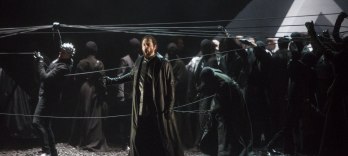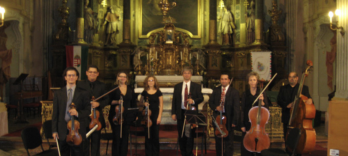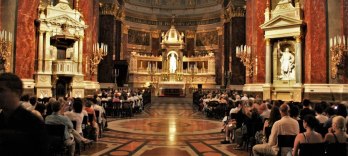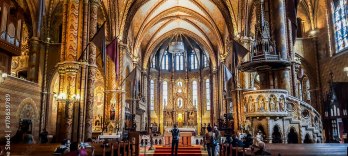Budapest Opera Tickets | Budapest Concerts Tickets
What's on
Hungarian State Opera Budapest Tickets
Budapest - Hungarian State Opera
Sa 26 Oct 2024, 18:30 - 21:45 - Su 10 Nov 2024, 18:30 - 21:45
Sa 26 Oct 2024, 18:30 - 21:45 - Su 10 Nov 2024, 18:30 - 21:45
Hungarian State Opera Budapest Tickets
Budapest - Hungarian State Opera
Sa 26 Oct 2024, 11:00 - 14:35 - We 30 Oct 2024, 18:00 - 21:35
Sa 26 Oct 2024, 11:00 - 14:35 - We 30 Oct 2024, 18:00 - 21:35
Church Concerts in Budapest
Budapest - St Michael Church Budapest
Sa 26 Oct 2024, 19:00 - Sa 28 Dec 2024, 19:00
Sa 26 Oct 2024, 19:00 - Sa 28 Dec 2024, 19:00
Palace of Arts Müpa
Budapest - Palace of Arts Müpa Budapest
Sa 26 Oct 2024, 19:30-22:00 - Sa 26 Oct 2024, 19:30-22:00
Sa 26 Oct 2024, 19:30-22:00 - Sa 26 Oct 2024, 19:30-22:00
Church Concerts in Budapest
Budapest - St Stephen Basilica Budapest
Su 27 Oct 2024, 20:00 - We 01 Jan 2025, 20:00
Su 27 Oct 2024, 20:00 - We 01 Jan 2025, 20:00
Church Concerts in Budapest
Budapest - Matthias Church Budapest
Mo 28 Oct 2024, 19:00 - Th 02 Jan 2025, 19:00
Mo 28 Oct 2024, 19:00 - Th 02 Jan 2025, 19:00
Bestseller events

 EN
EN DE
DE IT
IT FR
FR ES
ES RU
RU JP
JP RO
RO








